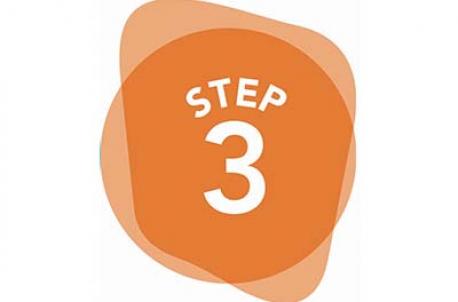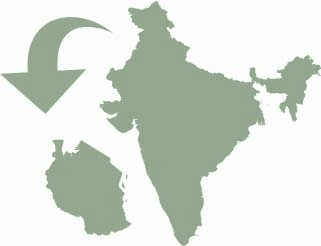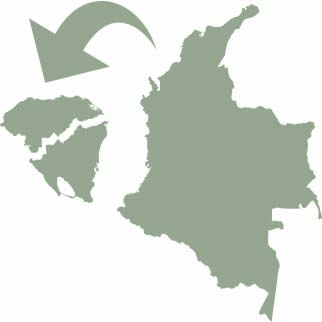
Which individuals are best placed to benefit from the knowledge exchange and act on what is learned?
In Step 2 you considered the mix of participants needed for a successful knowledge exchange initiative. Now it’s time to choose specifically who will join you in the knowledge exchange from the recipient side. In this phase, work with your counterparts and any participants already identified. Seek the champions—those who are open to reform and can drive the desired change. And don’t
forget influencers, those in a position to secure stakeholder support. Consult Step 1 again for help in selecting participants.

Once you have the perfect list, don’t become too invested -- it will likely change. As plans firm up, some participants won’t be available, some will drop out, and others will want to join. The important thing is knowing who your exchange must include for it to be productive and orchestrating their participation, even if this means delays.

Participant Checklist
- Use the development goal and change objective as a guide when selecting each participant.
- Work with your counterparts to identify participants who are leaders, influencers, conveners or key actors, or who have the potential to take on these roles within their institution or government.
- Ask your counterparts for a brief explanation why each participant should be included and what he or she will contribute. You can use these explanations later to ensure that any substitute participants can still make the desired contributions.

Find ways to engage with participants early on, so that by the time the knowledge exchange starts, everyone has a strong sense of the objectives and expected outcomes. If a new participant can help achieve, or even expand these, he or she will be a good addition to the team.

Tanzania and India Exchange — Activity Selection and Sequencing
- Participants from Tanzania included leaders and key actors responsible for dairy policies and sector oversight and who were uniquely suited to improve the operational efficiency of dairy supply chains. Proven champions of reform, they were also influencers and conveners, having a keen interest not only in applying their learning but also sharing it with others.
- More specifically, besides leading dairy producers, processors, and distributors, the Tanzanian participants included the Director of Operations and the Secretary General from the Ministry of Agriculture, as well as the Program Manager, Deputy Director of Engineering, and an Operations Specialist from the National Dairy Board.

Honduras, Nicaragua, and Colombia Exchange — Activity Selection and Sequencing
Participants from Honduras included Miskito organizations and communities in the Department
(region) of Gracias a Dios as well as government agencies involved with policy concerning
indigenous people’s land and territorial rights:
- Ten indigenous leaders from various Miskito municipalities such as Suhi Rio Coco, Morcorn, Tanzin, Puerto Lempira, Yahurabila, Kaukira, Brus Laguna, and Belen;
- Eight representatives from the Property Institute, including the President and Executive Secretary of the Executive Counsel, the Director General of Cadastre and Geography, the Director General of Property Tax Adjustment, the National Coordinator, the Cadastre and Regularization Coordinator, the Institutional Strengthening Coordinator, and the Social Community Developer;
- Two representatives of the National Agrarian Institute, including the legal counsel and technical advisor for the ethnic division; the Coordinator of the Inalienable Forest Heritage Catalogue of Honduras; and
- the Director of the Department of Social Development in the Ministry of Indigenous and Afro-Hondurans (SEDINAFROH).

Consider including influential media personnel when the knowledge exchange is supporting public reform efforts.
To eliminate “junket junkies,” let participants know they will be expected to complete pre- and post-knowledge exchange activities.

 China
China Colombia
Colombia Denmark
Denmark India
India Indonesia
Indonesia Mexico
Mexico Russian Federation
Russian Federation Spain
Spain United Kingdom
United Kingdom